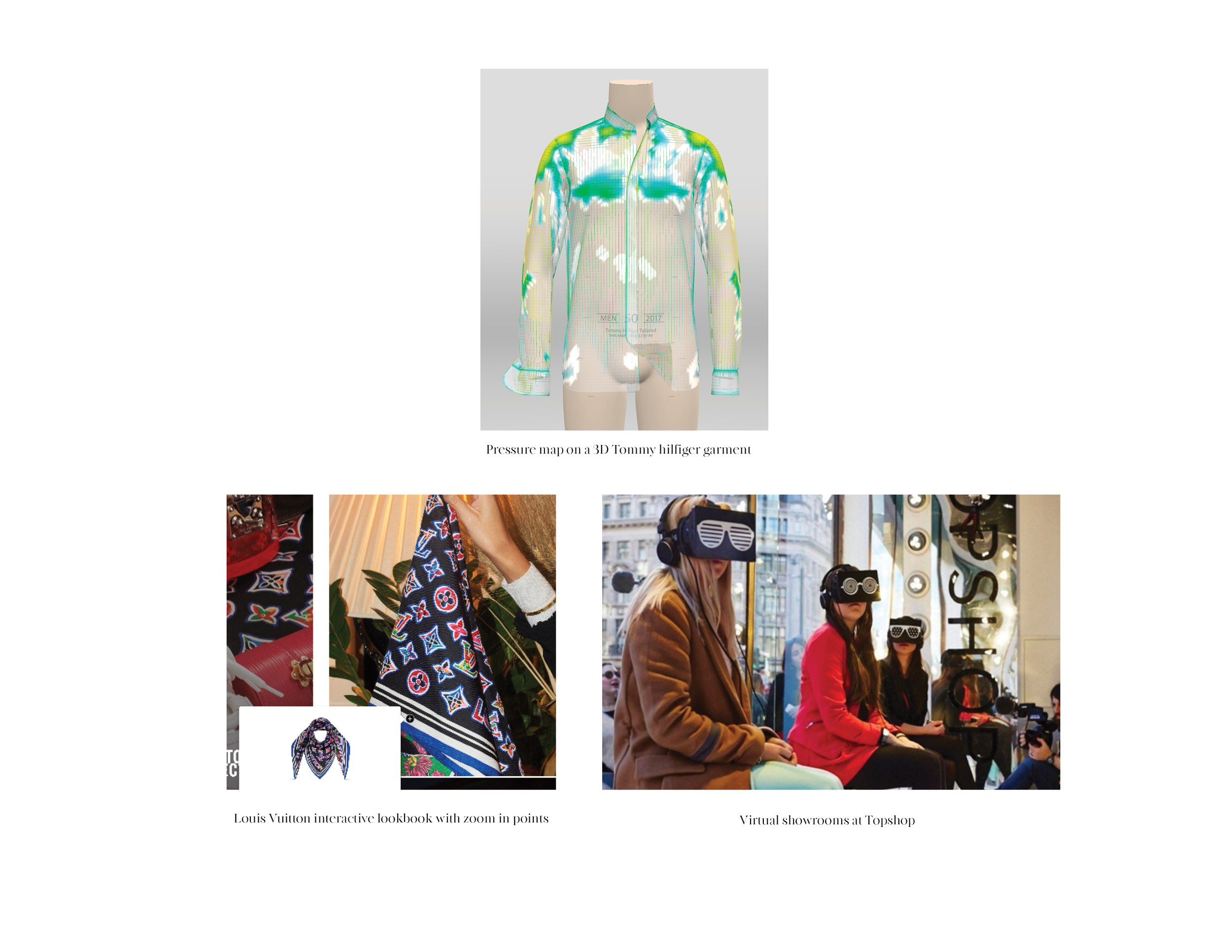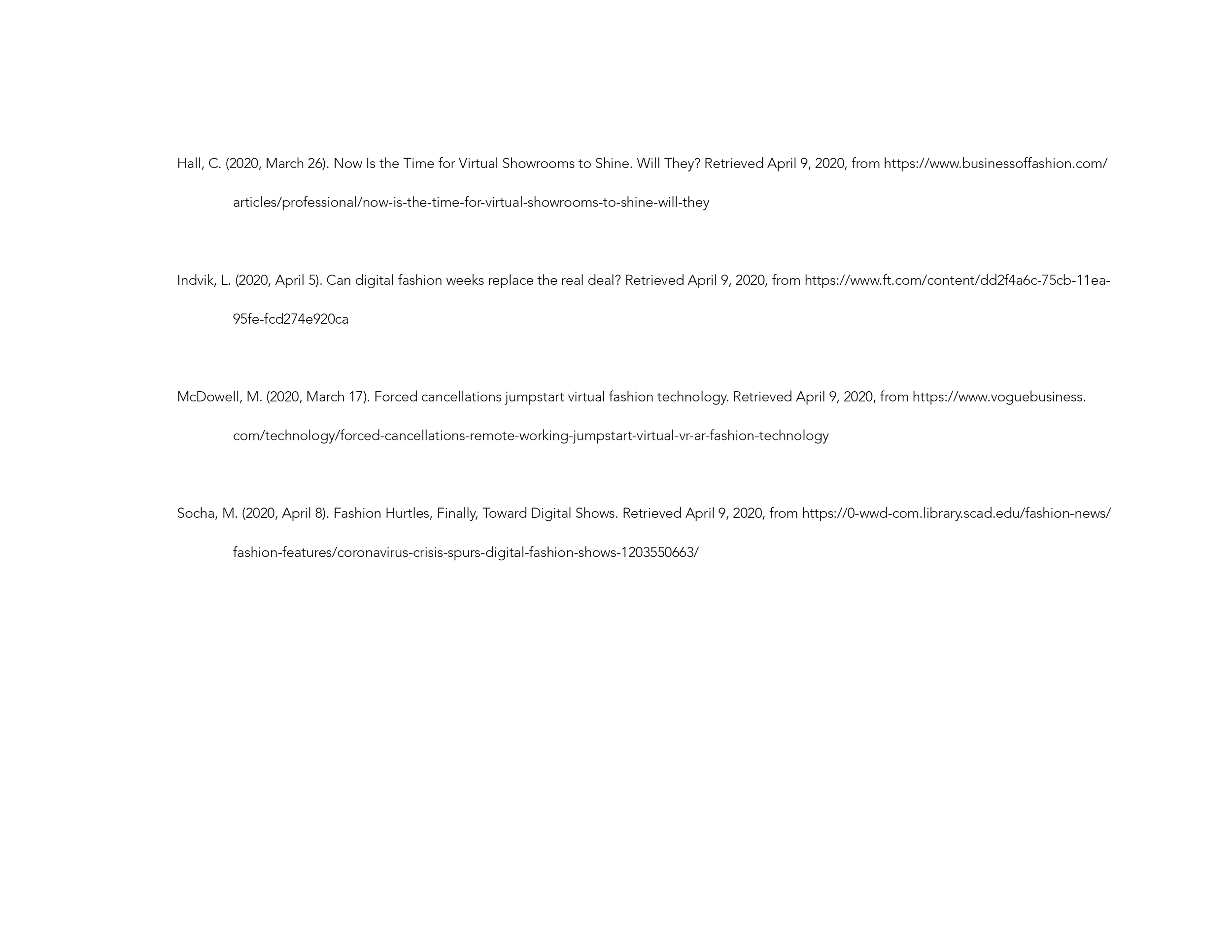The Rise of Virtual Showrooms
3D design from The Fabricant
Virtual showrooms were once unpopular with the fashion industry because of the lack of sensory feedback experienced by their viewers. Buyers needed to touch fabric, see cuts and colors before making decisions. However, with travel restrictions and social distancing causing forced fashion week cancellations, virtual fashion technology has become the answer for many brands. The digitization of showrooms and trade shows is bound to make a difference for buying teams around the world.
PVH Corp and VF are two of the companies that have invested in digital showrooms that will allow buyers to view samples digitally. They will be able to view and assess 3-D designed garments before they are actually produced, allowing brands to reduce scrap fabrics and products. Because of this, buyers will probably receive lower-cost prices for orders. At the same time, buyers may collaborate with designers to create designs based on consumer trend forecasts.
Communication between buyers and brands is already more efficient through virtual shows. Buyers can order designs remotely, easily, and quickly, which has proven to increase order volume and cut process time. This will heavily affect inventory value, sell-through and inventory turnover as the buying process will be much smoother. Instead of buyers having to travel across oceans, cities, and venues, they can connect with designers in a much shorter amount of time.
Private virtual showrooms have proven to be a progressive way for the fashion industry to keep the retail industry alive. However, private virtual showrooms could pose a threat to new brands and designers. Buyers usually discover upcoming brands through interactions in showrooms or trade shows. But without open discussions about concepts and construction, buyers will be less keen on taking risky orders from them. Virtual showrooms may lead buyers to re-order and take high inventory from well-known brands that have proven to produce products with fits, colors, and styles consumers are already familiar with. Overall, private virtual showrooms will greatly impact how buyers and brands interact, directly affecting inventory.
Communication between buyers and brands is already more efficient through virtual shows. Buyers can order designs remotely, easily, and quickly, which has proven to increase order volume and cut process time. This will heavily affect inventory value, sell-through and inventory turnover as the buying process will be much smoother. Instead of buyers having to travel across oceans, cities, and venues, they can connect with designers in a much shorter amount of time. Private virtual showrooms have proven to be a progressive way for the fashion industry to keep the retail industry alive. However, private virtual showrooms could pose a threat to new brands and designers. Buyers usually discover upcoming brands through interactions in showrooms or trade shows. But without open discussions about concepts and construction, buyers will be less keen on taking risky orders from them. Virtual showrooms may lead buyers to re-order and take high inventory from well-known brands that have proven to produce products with fits, colors, and styles consumers are already familiar with. Overall, private virtual showrooms will greatly impact how buyers and brands interact, directly affecting inventory.


